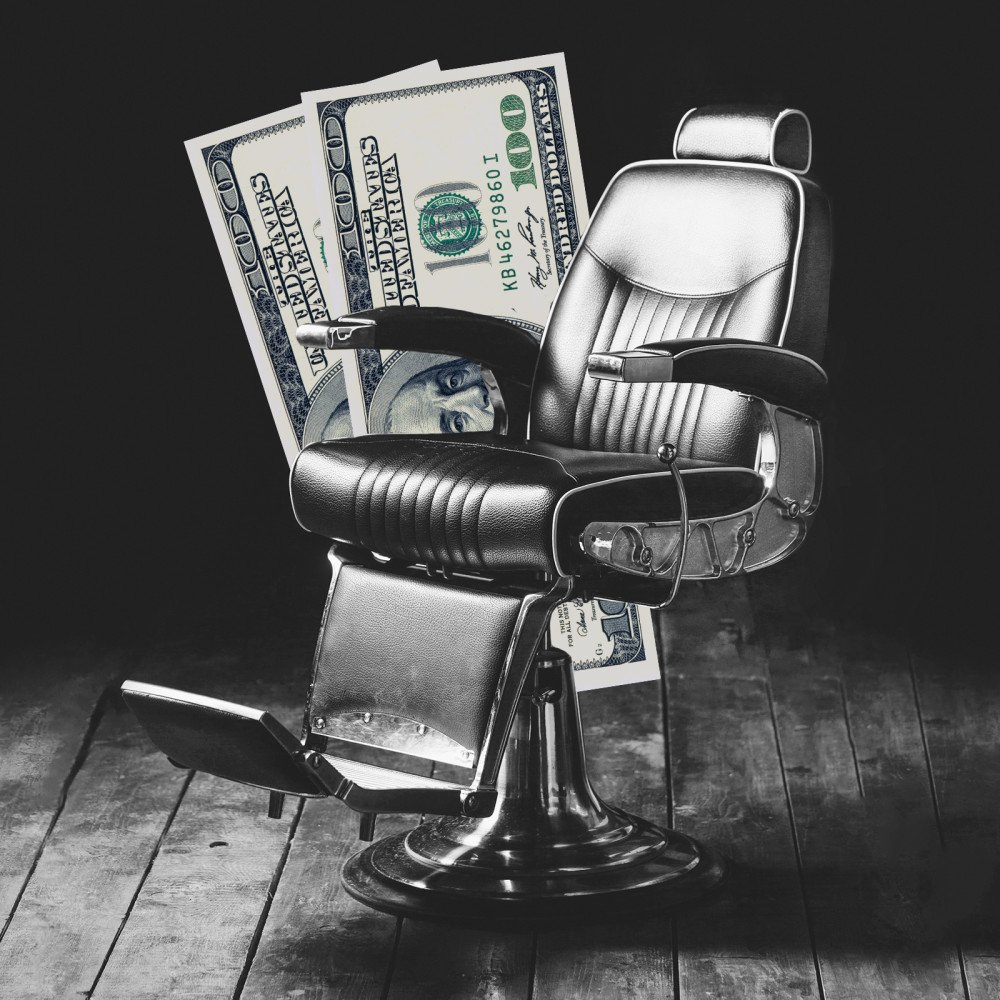Salon • Boulevard
Beauty Salon Equipment: Rent, Buy, or Finance?

By Cynthia Popper . Aug.11.2020
Share Article
When shopping for beauty salon equipment, how you shop matters just as much as the quality of the equipment itself. Here's what you need to know.
A fully-stocked salon can meet every possible beauty need, but it doesn’t come cheap for owners. The average total cost of beauty salon equipment is $27,000, which comes on top of budgeted rent, licensing fees, and marketing costs. And even that number fluctuates wildly depending on the equipment quality.
Equipment is a major expense for any business, let alone a salon trying to find its footing or expand its clientele. It’s essential to put some thought into not just what equipment you’re going to need, but into how you intend to buy it. Many beauty salons lease equipment, others buy it outright, and some will seek financing options. As you’re creating a budget, take some time to review the pros and cons of each approach.
Beauty salon equipment rentals
Leasing or renting beauty salon equipment is a common approach for store owners. When small businesses have limited capital, rentals help them obtain all of the necessary equipment and supplies quickly for an affordable monthly payment. Leasing also tends to restrict long-term maintenance costs, since you can return each item once the lease ends. It’s particularly useful for anyone who intends to upgrade their equipment every few years — especially any furniture that might go out of style.
Equipment rentals aren’t for everyone, however. If you lease all of your salon equipment, you’ll have no ownership over any item in your store — at least not without paying additional buyout fees. Overall, renting equipment tends to be more expensive than buying over the long haul because you never get to use the equipment after it’s paid off (like you would if you had purchased it) and because some leasing companies might charge interest or other fees.
That said, equipment leasing has one unique perk: tax benefits. As a business, you can declare lease payments on your tax returns, saving money over years that don’t always apply to one-time purchases.
Pros
No large one-time payments
Minimal maintenance costs
Easier to replace or upgrade equipment between contracts
Lease payments are tax-deductible for businesses
Cons
More expensive than buying over the long-term
No ownership of equipment
Beauty salon equipment purchases
If your salon has enough capital to purchase equipment outright, that is typically the most cost-effective option. Owners won’t need to making additional payments over time and they can focus on the day-to-day operations of their business. Unlike the other options on this list, purchasing grants you full and immediate ownership of an item, including the right to sell it. If you need to move locations or obtain additional cash for an upgrade, selling can provide essential liquidity.
Even if you do have capital, however, purchasing costs are much higher upfront than any other option. Ownership also comes with its share of responsibilities, including maintenance costs. And that doesn’t take into account surprise costs or damages that occur over time — if you dump all your capital into equipment, there’s less money set aside when you need it.
Pros
Equipment ownership, including selling rights
Few additional payments, if any
Cons
Higher up-front cost
Higher maintenance costs
Less liquid assets
Beauty salon equipment financing
If your salon capital is limited, but you still want to achieve equipment ownership, financing can be a practical solution. Most banks, credit unions, and other financing institutions provide small business loans that can be paid back over time. For larger equipment purchases such as furniture or appliances, retailers may also have in-house financing options to cover these items.
Financing combines many of the benefits and drawbacks of the previous options, which means there are several considerations to keep in mind:
Are good financing options available? During an economic recession, financing options with reasonable rates are few and far between.
How quickly do you need equipment? Do you have time to seek out a better rate? Or do you need to accept a deal in time for a peak season?
What is the loan structure? Is your financing capital paid out as a lump sum, or can you withdraw it periodically? What kind of interest will you need to pay?
What is the repayment period? You must repay financing options eventually, which means you’ll need to earn enough to make payments. How long will you need to complete the purchase, and can you afford to do so in the time provided?
Pros
Owners maintain full ownership of salon, not lenders
Interest payments are tax-deductible for businesses
Cons
Financing options vary based on credit and economic conditions
Payments require a steady revenue stream until completed
It’s worth remembering that salons don’t need to use one approach for all equipment. Owners can always purchase clippers and supplies directly, lease their furniture, and finance larger appliances like laundry machines. The perfect combination will vary based on your services and available capital, so work with an accountant to determine the best fit. And good luck!
Sign up for weekly blog updates.
